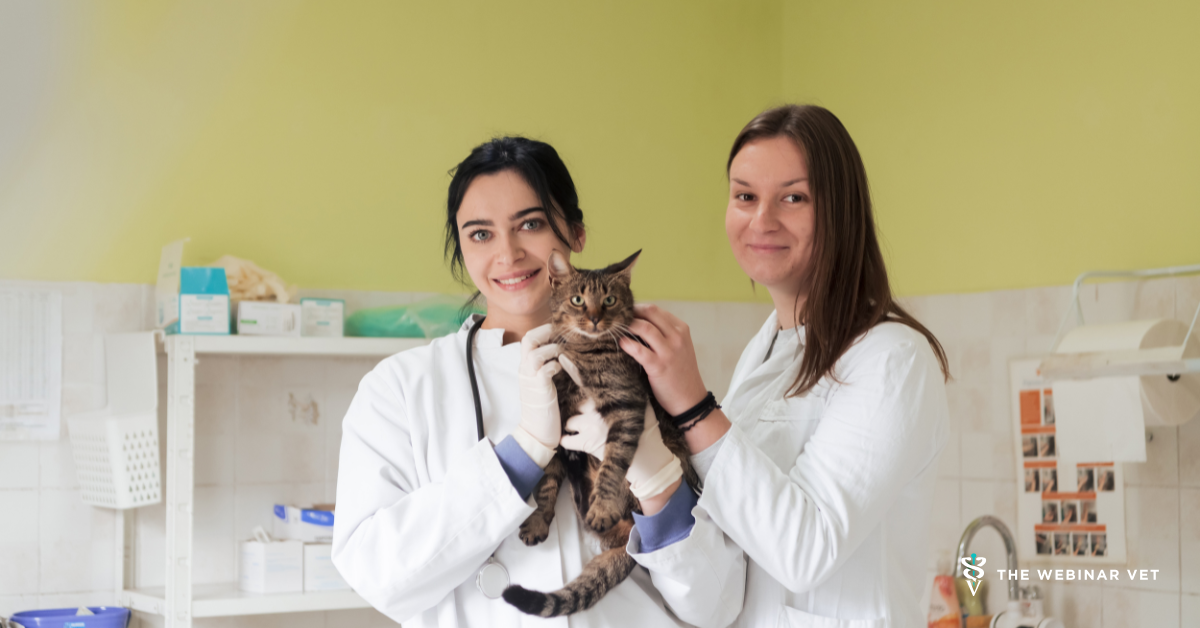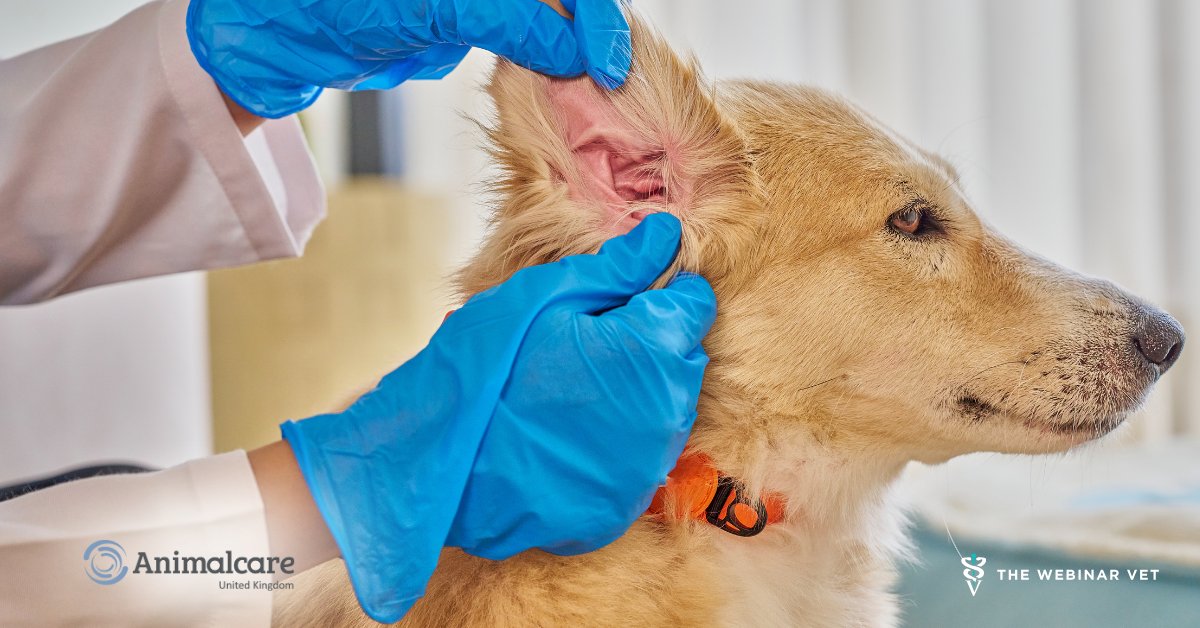New Launch from Carus Animal Health
Discover how Carus Animal Health’s new GIQuest test is transforming the way vets investigate intestinal inflammation in dogs and cats. This clinically validated, patient side tool detects faecal calprotectin in just fifteen minutes, offering accurate, cost effective results that support quicker, clearer decision making in GI cases. If you want sharper diagnostics and smoother workflows, this is one innovation you’ll want to explore.


.png)




.png)
.png)
.png)
.png)

